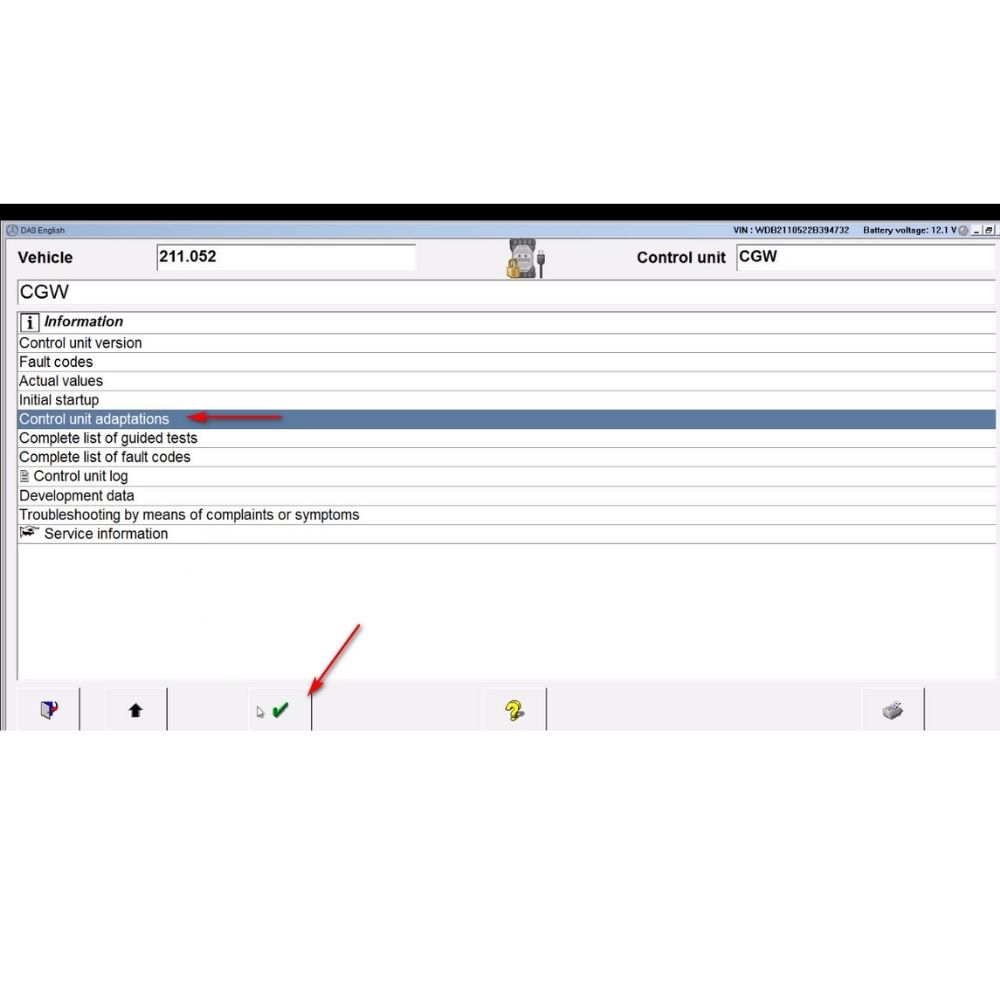
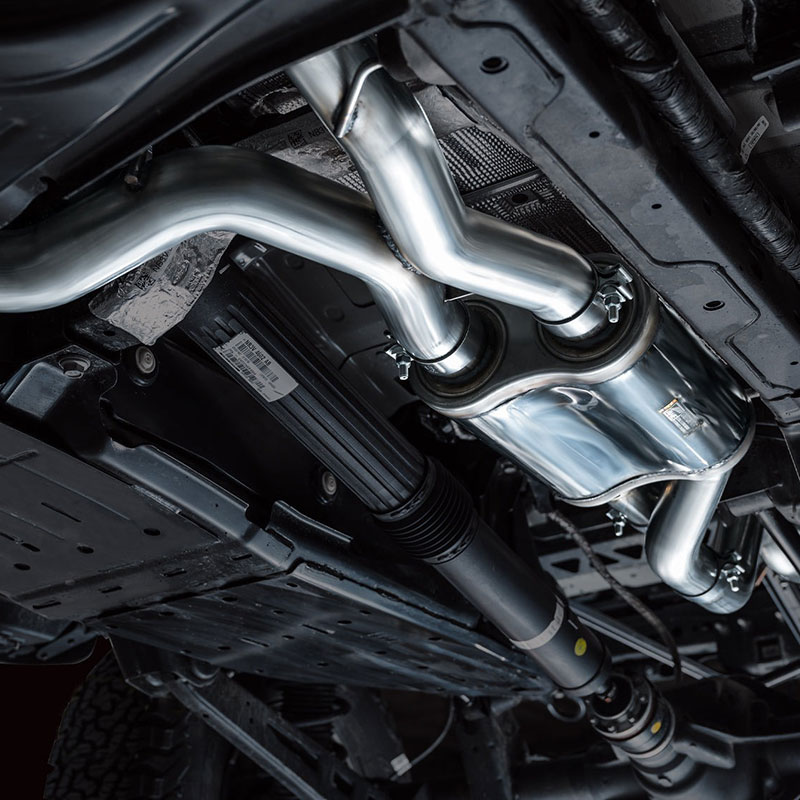
The Ford Bronco exhaust system plays a crucial role in performance, emissions control, and sound management. Whether you’re looking to understand its factory components or considering aftermarket upgrades, this guide covers everything you need to know about the Bronco’s exhaust system.
Table of Contents
ToggleThe exhaust manifold serves as the starting point of the exhaust system, collecting gases from the engine’s cylinders and directing them into a single flow path. The Ford Bronco features different manifold designs based on the engine configuration:
Manifold design influences performance, emissions, and sound characteristics, making it an essential part of the exhaust system.
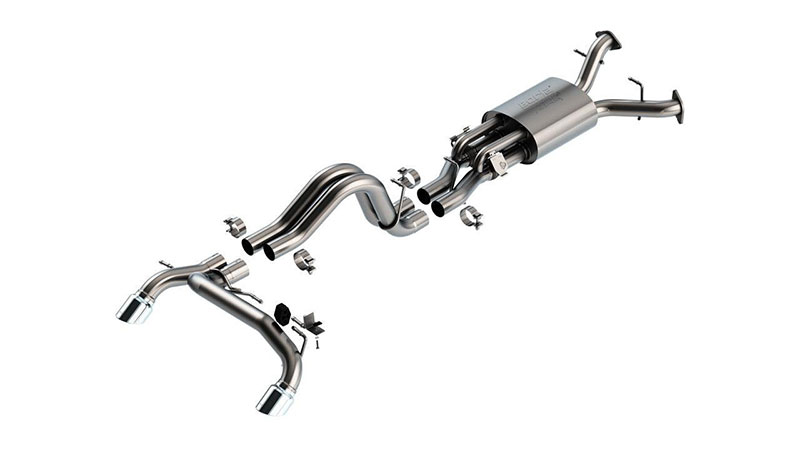
The exhaust system consists of various pipes that route gases from the engine to the vehicle’s rear:
Most modern Bronco exhaust systems utilize 2.75-inch diameter primary piping, with some splitting into dual 2.5-inch pipes for improved performance and aesthetics.
A legally required emissions control device, the catalytic converter contains precious metals that facilitate chemical reactions to reduce harmful pollutants. While aftermarket exhaust systems often replace components behind the catalytic converter (cat-back systems), this component remains unchanged to maintain emissions compliance.
The muffler plays a key role in shaping the Bronco’s exhaust note while managing flow characteristics:
Different manufacturers employ proprietary sound control technologies such as Borla’s no-drone design or CORSA’s Reflective Sound Cancellation® (RSC®) technology, which provides an aggressive exhaust note without cabin resonance.
The exhaust tip is the visible part of the system, offering both aesthetic and functional benefits:
Some aftermarket exhaust systems offer adjustable or removable tips to enhance ground clearance for off-road driving.
The exhaust system is secured with specialized hardware:
Brands like BORLA® even offer concealed hanger designs for a cleaner undercarriage appearance while maintaining support.
Ford Bronco exhaust systems are classified based on the portion of the factory exhaust they replace. Each configuration offers unique benefits and installation complexities:
Header-Back Systems: Replace the entire exhaust, from the manifold to the tailpipe, offering maximum performance but requiring more complex installation.
Different exhaust system designs cater to performance enthusiasts and off-road adventurers alike:
Single vs. Dual Pipe Configurations: Single-pipe setups are simpler and more affordable, while dual exhausts enhance flow and aesthetics.
The material quality of an exhaust system affects its longevity, resistance to corrosion, and overall performance. The most common materials used in Ford Bronco exhaust systems include:
CNC Manufacturing: Ensures precise cuts and fitment consistency for high-quality aftermarket systems.
Several leading manufacturers offer high-quality exhaust upgrades:
Your Ford Bronco exhaust system is more than just a component; it’s integral to your driving experience. Understanding its workings, common issues, and maintenance needs will ensure your Bronco runs smoothly and sounds great for years to come. Regular maintenance and addressing issues promptly will keep your Bronco performing at its best.

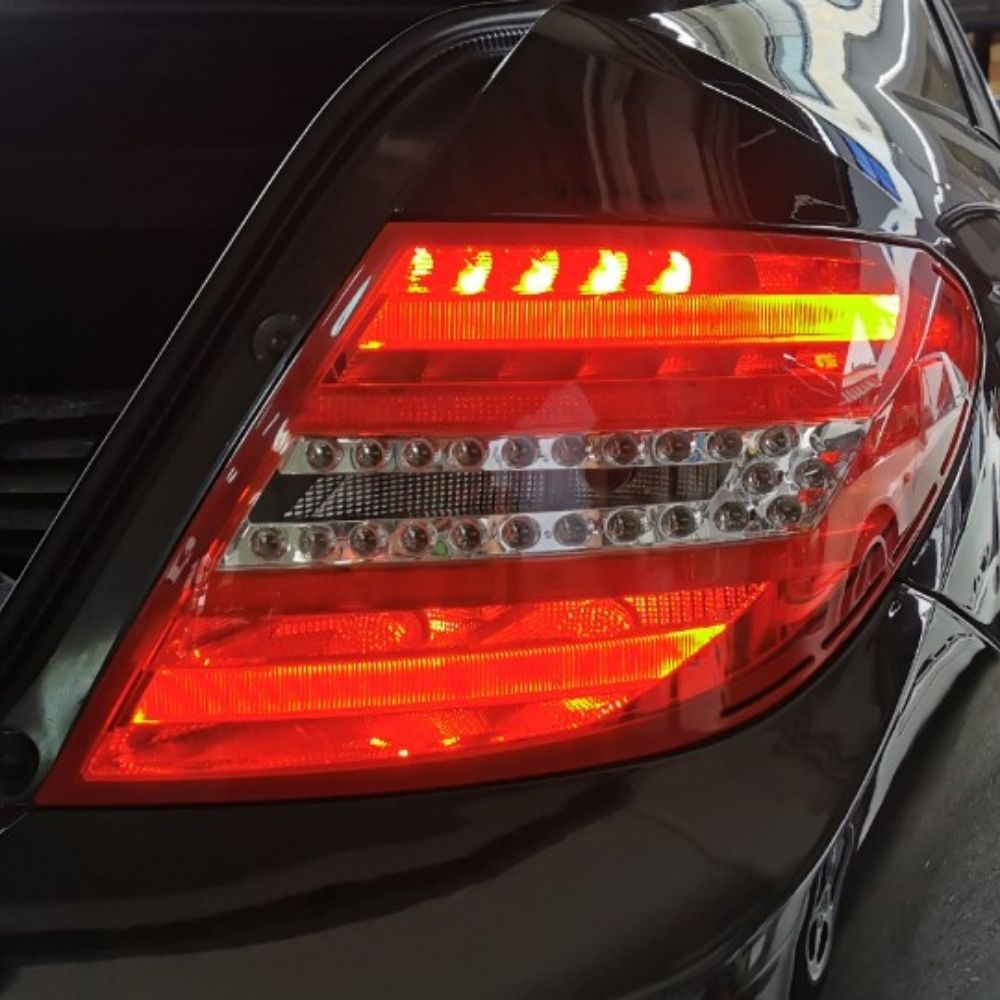
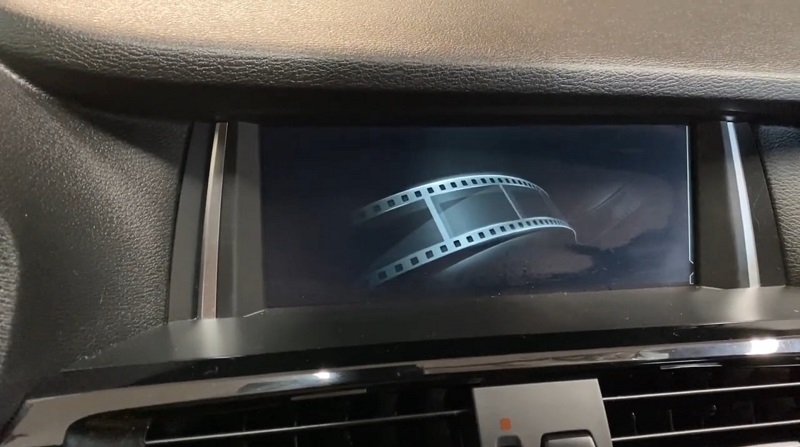
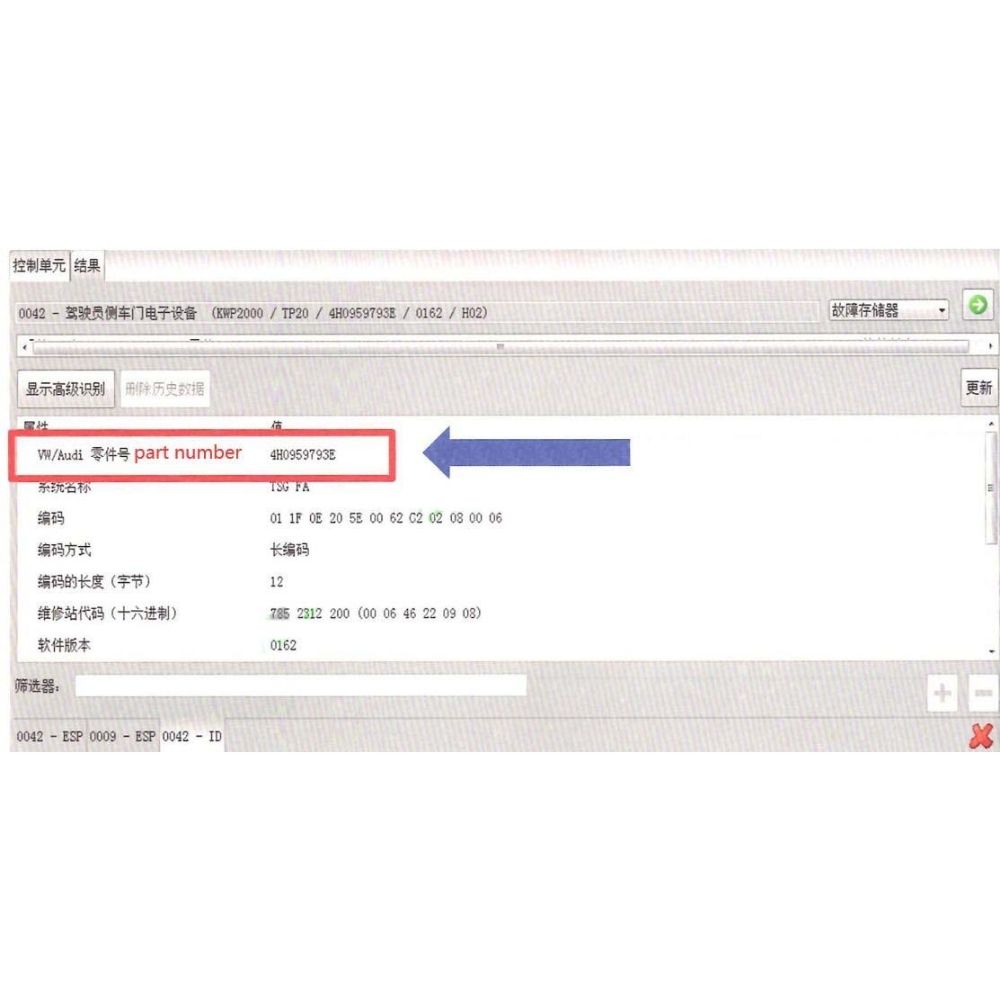

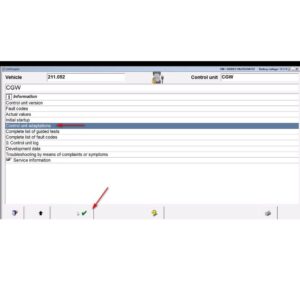
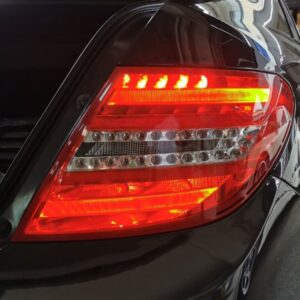

At AutoExplain, we provide automotive online repair service, auto repair tips, car repair manuals & document & training course to help mechanics of all experience levels—fix vehicles efficiently
AUTO EXPLAIN LLC
Employer Identification Number (EIN):
38-4349958
Whatsapp Us: +1(936)2896695
Gmail: [email protected]
Our Workshop: 1500 N Grant ST Sten Denver, Colorado, United States
Copyright 2025 © AutoExplain